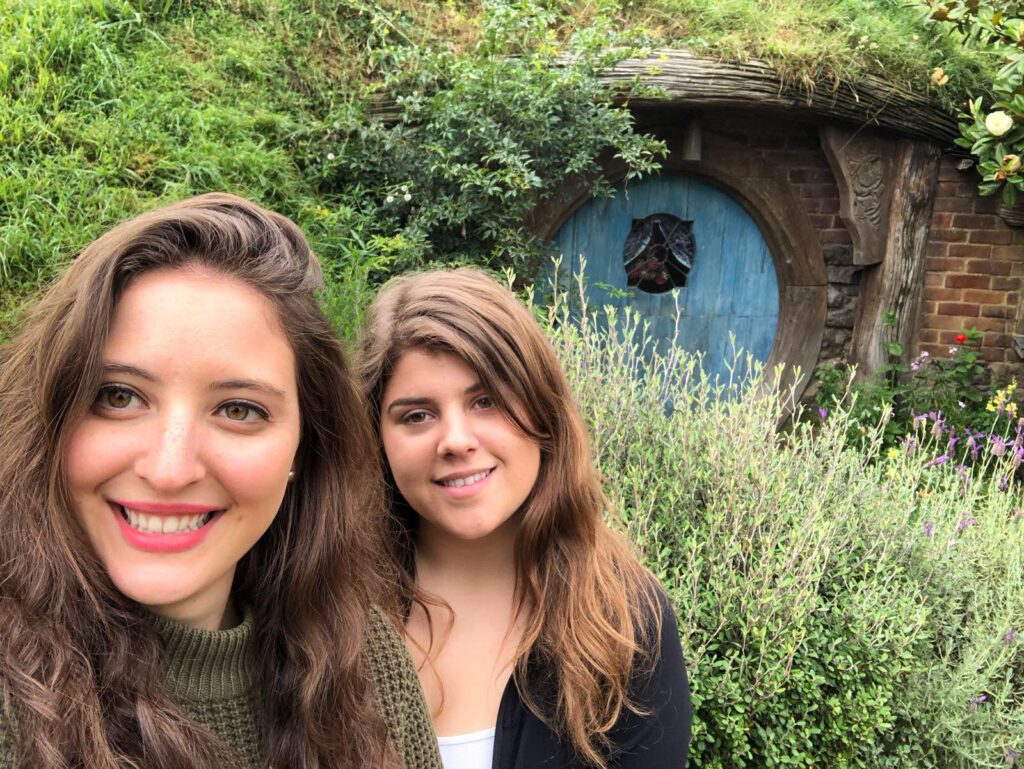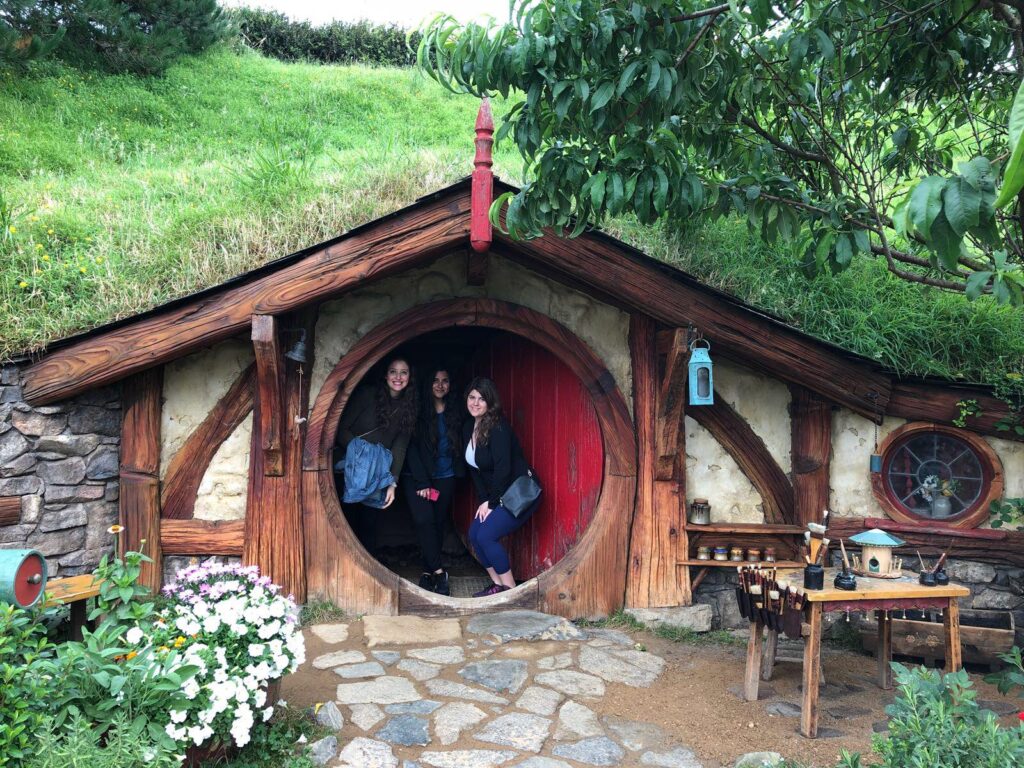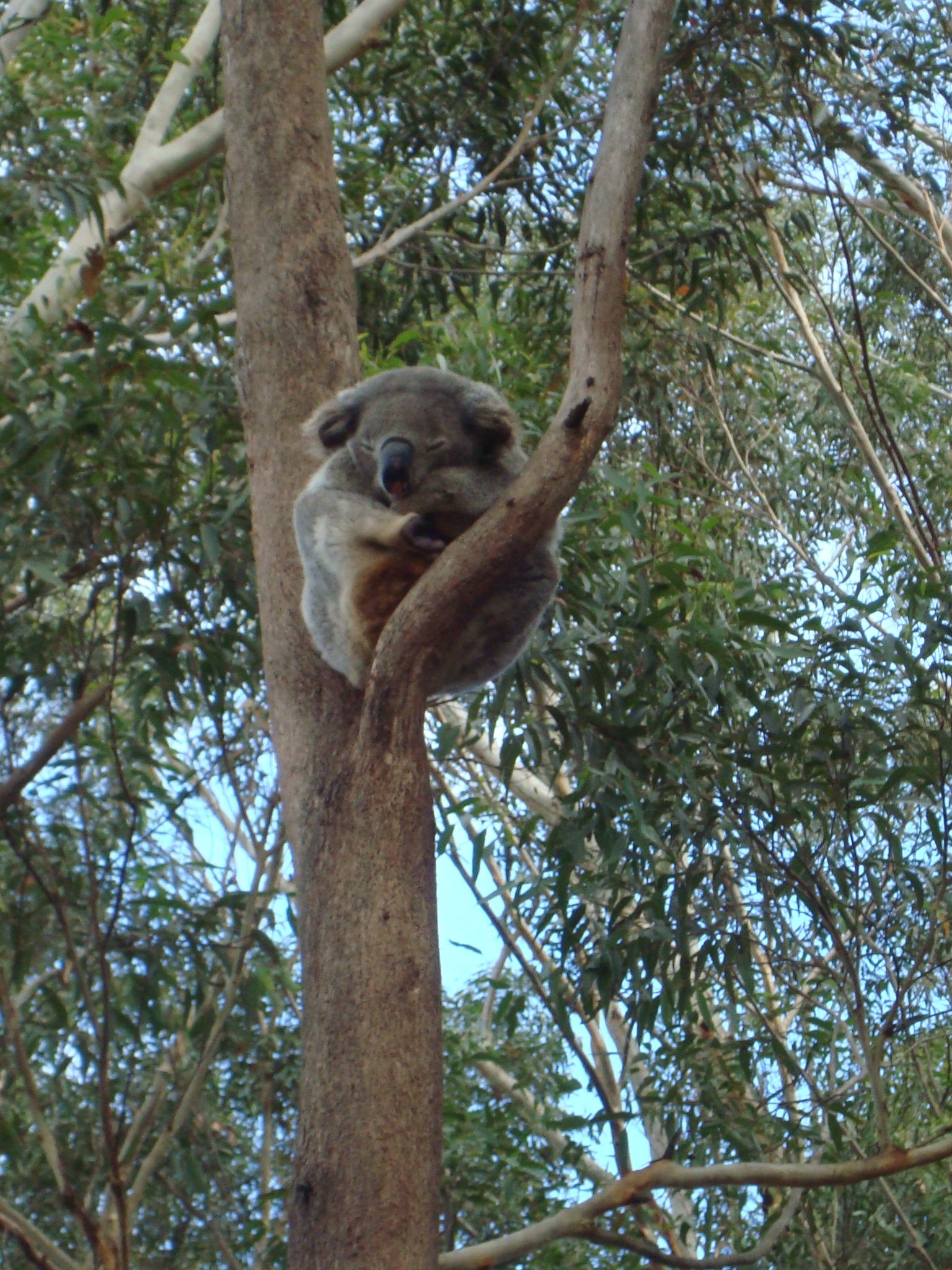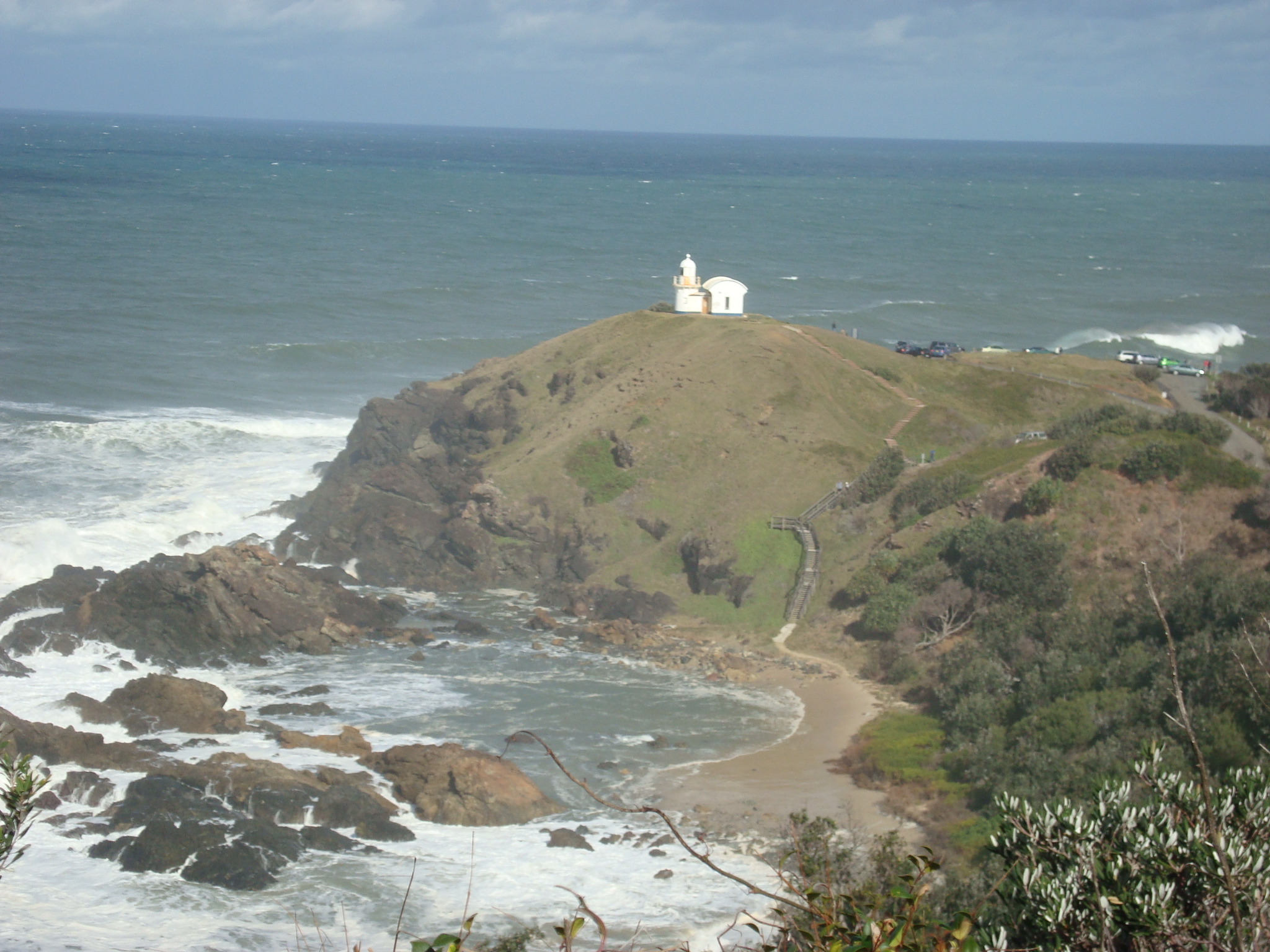Head to the Hobbit Capital
“Far over the misty mountains cold
To dungeons deep and caverns old
We must away ere break of day
To seek the pale enchanted gold."

Next time you're in Auckland, take a magical journey across the Shire from the Lord of the Rings! Hear filming secrets from behind the scenes and see if you can spot any Hobbits along the way. This magical trip takes you deep into Hobbiton and the fascinating Lord of the Rings story.
On this Hobbiton Movie Set Tour from Auckland, pickups from Auckland CBD hotels begin at 6am. Then, you'll drive from Auckland out towards Matamata, where Hobbiton awaits! The set is situated on a family-run farm, and as you drive, you'll see hints of the famous scenery emerge.
Once you arrive, you'll see exactly how this beautiful piece of farmland has been transformed into The Shire from Middle Earth. Step into the lush pastures and wander around the tiny houses. Peek in the windows and make sure you get a selfie in front of the famous green door. Spend time exploring the Hobbit Holes, The Mill, the kitchen and enjoy hearing stories about the movie from your guide. They'll also point out tiny details and explain how the movie was made.

After wandering The Shire to your heart's content, it's time to make a stop at the Green Dragon Inn. Enjoy a complimentary drink here and warm yourself by the roaring fire. It feels just like you're in the movie! You'll also have time to visit the Shire Store, which features an extensive selection of souvenirs to remind you of your visit to the Hobbiton Movie Set.
On the return journey to Auckland, you'll drive through some of New Zealand's most beautiful countryside, including the majestic Waikato River (the longest river in New Zealand), Ngaruawahia (home of the Maori King) and Taupiri (a sacred Maori burial ground), before arriving back in Auckland at approximately 1:30pm.
Click HERE to book and score up to 10% off your Hobbiton Tour.
ORIGINAL POST: November, 2012
While Wellington is worth a visit at anytime of the year, the 28th of November, 2012 will be of particular note. For this is when New Zealand's capital once again becomes Wellywood for the world premiere of The Hobbit: An Unexpected Journey.
Positively Wellington Tourism (PWT) Chief Executive David Perks says the city’s hotels are quickly filling up on the date of and surrounding the premiere and recommends fans act quickly if they wish to secure a spot.
“There is going to be a simply unmissable buzz pulsing through the coolest little capital in the world around the world premiere of The Hobbit: An Unexpected Journey in November. Now that the date has been announced we recommend fans get booking their flights, tours and accommodation immediately to avoid disappointment.”
Thousands of fans are expected to descend into the central city to welcome and celebrate the film’s stars, crew and international press on Wednesday 28 November, but the opportunity for Wellington is well beyond the premiere date.
“The legacy of the world premiere of The Hobbit: An Unexpected Journey will last years, if not decades beyond Wednesday 28 November for both Wellington and New Zealand,” Mr Perks says. “It’s yet another incredible chance to showcase our city, hospitality and innovation to the world. As we’ve seen from our experience with The Lord of the Rings, the awareness and interest films of this type and scale drive has the ability to significantly increase international visitation.”
While you can’t tangibly forecast the number of visitors or dollars The Hobbit films will draw to Wellington, you can look at the transformation of the city and its $2200 a minute tourism industry that has occurred since the release of The Lord of the Rings trilogy, Mr Perks says.
“Wellington was dubbed a ‘city on the rise’ by Lonely Planet in 2007, then rose to the challenge and earned an upgrade to the ‘coolest little capital in the world’ and 4th top city in the world to visit for the publisher’s Best in Travel 2011. The film industry has played a lead role in both that transformation and international acclaim.”
International visitor arrivals into Wellington increased 50% in the decade from 2001 (the year of the first Lord of the Rings release) to 2010; American arrivals increased 54% across that period.
“Film tours are still in high demand in Wellington over a decade on from the release of the last of the trilogy. Thanks to the world premiere of The Hobbit: An Unexpected Journey in November this can certainly be expected to continue well into the future.”








